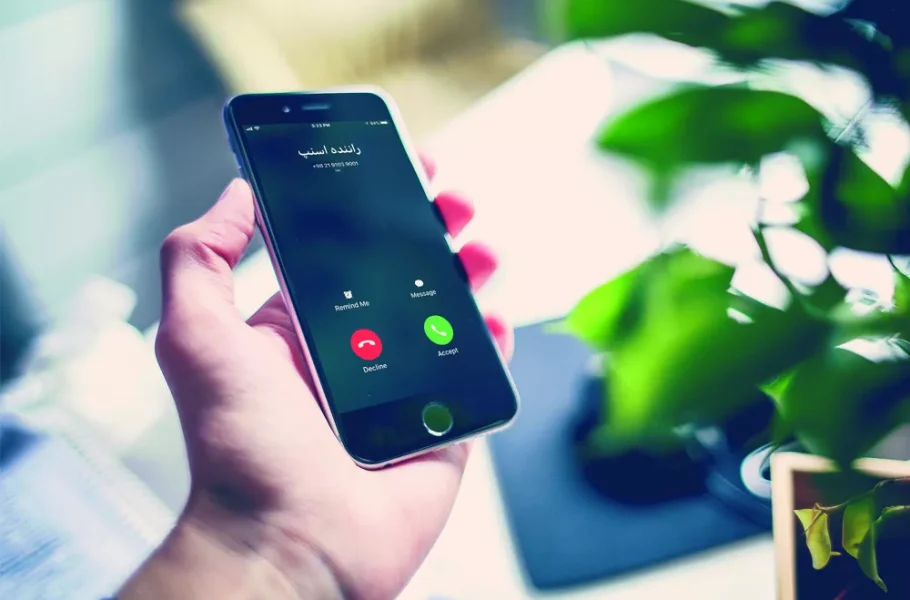
How Snapp’s Ride-Hailing Safety Measures Stack Up Against Uber, Grab, and Careem
A detailed comparison of safety tools in ride-hailing apps
Over the past six months, “ride-hailing safety” has become one of the most discussed topics on Iranian social media, particularly among women concerned about personal security when using taxis and public transport. Much of the debate has revolved around comparisons between Iran’s leading platform, Snapp, and global players such as Uber, Careem, and Grab.
A Digiato review shows that while Snapp still lags behind Uber in some areas, it is largely on par with Grab and even offers stronger safety tools than Careem in certain aspects. This positioning suggests that Iran’s homegrown app has carved out a defensible spot in the global landscape of ride-hailing safety standards.
Safety in Global Ride-Hailing Platforms
Uber operates in over 70 countries and is widely considered the benchmark for ride-hailing safety features. Its Safety Toolkit, marked by a blue shield icon, includes an in-app emergency button, live location sharing, and secure communication channels between riders and drivers. Features such as Women Rider Preference (in select regions), RideCheck (detecting unusual route deviations), four-digit trip verification codes, and even encrypted in-trip audio recordings highlight Uber’s layered approach to risk prevention. Driver verification includes real-time facial recognition checks and mandatory background screenings through third-party agencies.
Grab, Southeast Asia’s largest platform, offers a more limited set of tools. Its primary safeguard is an SOS button that directly connects to the police. Advanced features such as trip sharing or in-trip audio recording are mostly restricted to GrabFamily, a service designed for teenage riders. Driver background checks are mandatory, but customer support is not consistently available across all countries.
Careem, popular in the Middle East, provides baseline protections like trip sharing, driver verification, and an emergency contact option. However, it lacks advanced features such as RideCheck, audio recording, or four-digit ride codes. Careem does use facial recognition technology for driver logins and offers phone-based customer support within an hour after trips.
Snapp’s Position in the Market
Snapp, active across Iran, has taken steps to formalize its security approach by dividing measures into three stages: before, during, and after the ride.
For driver vetting, Snapp requires applicants to submit documents and undergo background checks through Iran’s national police (FARAJA). The company says these checks are repeated periodically, and data from 2023 show over 6,000 applicants were rejected for failing to meet requirements. Recently, Snapp also began piloting facial recognition technology to prevent account misuse and strengthen rider trust.
During trips, Snapp has rolled out its own version of Uber’s Safety Toolkit - a blue shield icon in the app that provides access to emergency support, live trip sharing, and trusted contact alerts. Calls between passengers and drivers are routed through a masked number for privacy, while an algorithm monitors unusual route deviations and alerts both parties.
Unlike Uber, Snapp has yet to introduce audio recording, a feature that could improve evidence collection during incidents and boost rider confidence. The use of in-car cameras remains unlikely in Iran due to legal and cultural constraints.
For after-trip support, Snapp highlights its call center performance. In 2023 alone, the company handled over 32 million support calls, with an average response time of 1 minute and 43 seconds and a reported resolution success rate above 92 percent.
The Bigger Picture
Snapp’s progress places it closer to regional competitors like Grab and ahead of Careem in some areas, though Uber remains the global gold standard for safety technology. Independent audits and data transparency remain key challenges for Snapp if it hopes to build stronger public trust. For now, the company’s gradual adoption of global best practices - from real-time ID checks to smart route monitoring - shows that Iranian ride-hailing is narrowing the gap with international peers.










